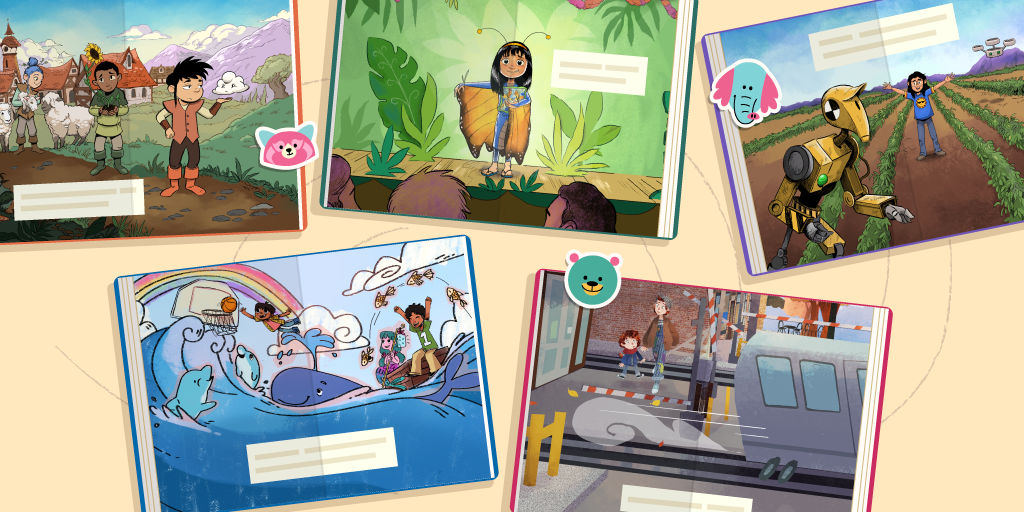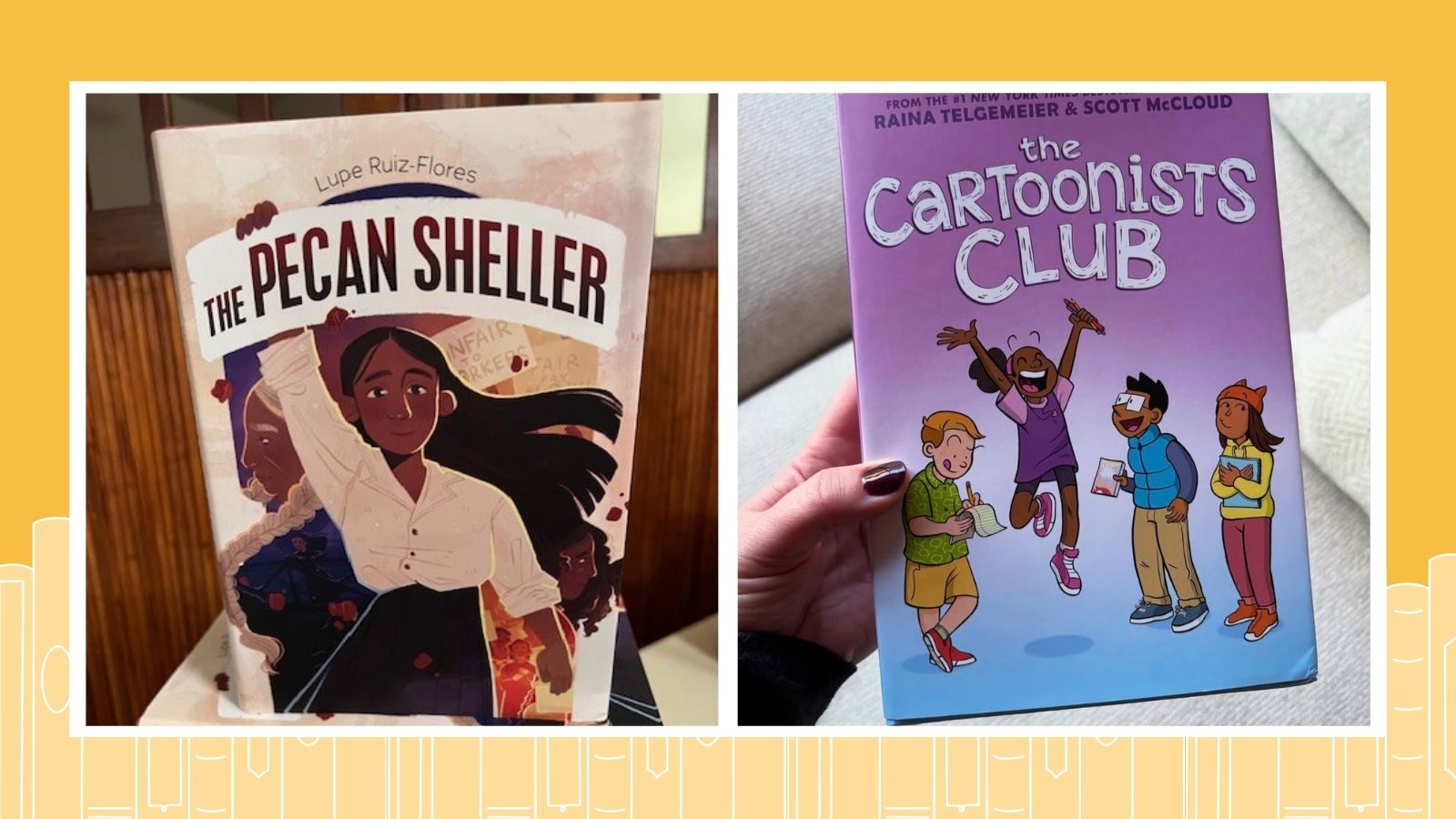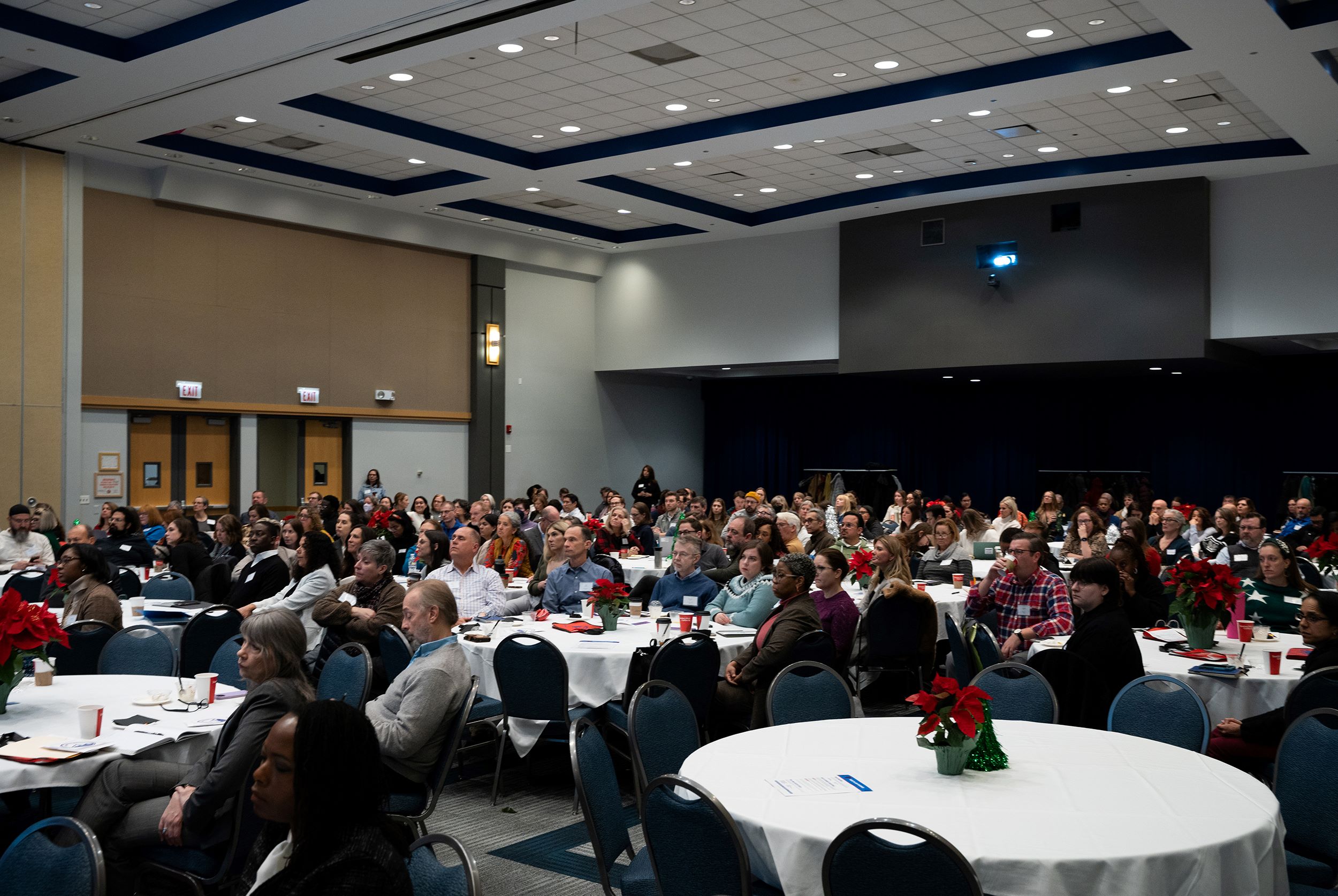Long trend: student enterprise. NFTE, Uncharted Learning, CAPS Network, FFA, StartEdUp, WIT, and others have been supporting youth entrepreneurship in and out of school for decades. Student enterprise also has a long history in journalism student-led publications (see PalyMac), broadcasts, and more recently sports marketing. Entrepreneurship is a trending interest of Gen Z and is more important than ever in the economy.
Important trend: client projects. Work-based learning has been growing with career academies and renewed interest in CTE. Six years ago, a subset of WBL called client-connected projects became a focal point of the Real World Learning initiative in Kansas City where they are defined as authentic problems that students solve in collaboration with professionals from industry, not-for-profit, and community-based organizations….and allow students to: engage directly with employers, address real-world problems, and develop essential skills.
Career academies in the NAF network have long-valued client projects. During the pandemic, NAF developed a client project platform KnoPro to extend access (see feature).
More than 40,000 client projects have been hosted on Riipen for 640 higher education partners. This spring, the UC Chamber of Commerce Foundation brought Riipen hosted Employer Identified Challenges (EPIC) projects to high school learners through nine regional intermediaries.
Important new trend: linking client projects together into a student-led enterprise.
This spring, Allison Koelzer Nelson helped two dozen students launch the CAPS Network Student Media Agency. Participating students jump on Slack to get client assignments about social media, content creation, graphic design, video editing, and more. Students use Canva Pro and Loomly to build and execute social media campaigns.
What started as The Center for Advanced Professional Studies, a next-gen career center of Blue Valley Schools (SW Kansas City), has become a network of more than 105 affiliates extending access to professions-based learning for upper division high school students nationally. Network members share core values (below) and gather for a summer huddle (register here for the KC Huddle, June 24-26).
The first client of the Student Media Agency is the CAPS Network itself (a great reminder that school systems can support lots of different kinds of work-based learning experiences directly). An early assignment was to interview their CAPS Director and create a post about them for LinkedIn, Facebook, and Instagram.
Why a Student Media Agency? Nelson said, “CAPS Network believes in the power of student voice! We see this as an opportunity to showcase and uplift student voices from across the Network. Students will, in part, be reporting on student stories from across the Network to be showcased on CAPS Network social media channels.”
Students from across the national network collaborate on projects. The Student Media Agency gives students the opportunity to explore what it’s like to work at an agency, exploring and honing their skills in marketing, content creation, graphic design, video editing, professional communication, and more.
Two Birds from One Stone
Almost ten years ago, Boise nonprofit One Stone launched Two Birds and the afterschool student-led marketing and digital media agency has been conducting fee-based client work since. It’s one of several studios (e.g., coding, recording arts, social change, maker) engaging youth in community-connected work. Eight years ago, One Stone launched Lab51 High School making studio work available in and out of school.
In the second year of Two Birds, student leaders said that the first time he received client feedback it was brutal, but it created an indelible view of what quality looked like. Students use design thinking to incorporate client feedback and iterate toward client satisfaction. The result of high expectations and strong support is a beautiful work product evident behind Parth Kashikar in the featured image above. Parth participated in two years of the Two Birds program including a summer internship. After a Masters in Design at Penn, Kashikar serves as a designer at John Deere.
Journalistic Learning
The biggest and best high school journalism program is hosted at Paly Mac, the Media Arts Center at Palo Alto High School. Rejuvenated 40 years ago by Esther Wojcicki in a portable behind the school, the program features a dozen student-led publications and a state-of-the-art facility (see feature).
In addition to strong written communication, Paly MAC pathways teach leadership and teamwork, research and marketing, project management, and business management. Each of the Paly publications is a thriving brand with a sustainable business model. An incubator course taught by Paul Kandell engages student teams in developing new publications or reformatting old publications–a great way to teach entrepreneurship in high school.
As a Graduate Teaching Fellow in Journalism at Oregon in 2011, Ed Madison visited PalyMac and met Wojcicki. They formed Journalist Learning, a project-based approach that teaches research skills, critical thinking, writing, collaboration, and oral communication through programs including Effective Communicators. It includes 30 lesson plans that can be incorporated into Junior English (or other courses). During the 10-week assignment, groups of four select and research a community topic, identify and interview experts, and write, edit, and publish an article.
The Effective Communicators Program has served 15,000 students since 2015. Dr Madison, now an Associate Professor at Oregon, said that teacher stipends and 8 hours of online training are key to the success of the program. Madison notes that “By engaging in self-directed learning, students of all socioeconomic backgrounds discover their voice and improve academic outcomes.”
Working with Playlab Education, Journalistic Learning introduced Murrow, a free AI-powered writing coach. Since November, about 12,000 students have used Murrow to brainstorm ideas and gain feedback on drafts. JLI recently announced a suite of premium tools for students, teachers, coaches, and journalists.
Conclusions
Work-based learning (or professions-based learning) is more important than ever to cultivate contribution-ready skills and develop vocational identity:
Listen to CVUSD superintendent David Miyashiro discuss identity formation on the More than a Test Podcast.
Listen to a podcast with Boston College’s David Blustein on Working in America
Listen to Charles Fadel talk about his new book Education for the Age of AI and focus on his discussion of the Drivers: motivation, identity, agency, and purpose.
Internships have played an important role in WBL but they are hard to secure, vary in quality, and tough to schedule. Client projects are a trending alternative (or supplement) because they are easier for a community organization to sponsor and support, and fit more easily into a traditional high school schedule (i.e., a unit within a core, CTE, or elective course)
Entrepreneurship (as mindset and skillset) is more important than ever for all young people whether they aspire to impact as a founder, independent contributor, or intrapreneur. America’s leading engineering schools share a framework of three competencies: opportunity recognition, solution design, and delivery impact.
KEEN Framework
Client projects can develop these priority competencies but they are new, different and can be difficult to set up. That’s why learner experience networks like CAPS, Journalistic Learning, NFTE, Uncharted Learning, EPIC, and KnoPro can be useful. They frame opportunities, make community connections, enable collaboration, and often provide professional learning for teachers.
While individual client projects can be highly beneficial, there is a real value added from stitching together projects into enterprise experiences (like Two Birds, CAPS Student Media Agency, and the publications of PalyMac) because it often builds leadership and marketing muscle while developing financial and technical literacy.
The post Student Enterprise: Invite Learners to Launch a Media Agency or Publication appeared first on Getting Smart.
Entrepreneurship is a trending interest of Gen Z and is more important than ever in the economy.
The post Student Enterprise: Invite Learners to Launch a Media Agency or Publication appeared first on Getting Smart. Career & Technical Ed, Future of Work, New Pathways, career readiness, design thinking, Entrepreneurship, Future of work Getting Smart







